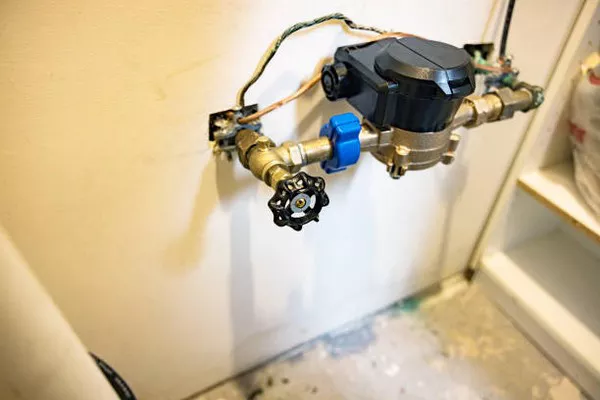Storm glass barometers have fascinated weather enthusiasts and scientists for centuries. These devices, with their enigmatic ability to predict weather changes, offer a glimpse into the intricate workings of atmospheric pressure and temperature variations. In this article, we delve into the history, design, and scientific principles behind storm glass barometers to unravel the mystery behind their forecasting capabilities.
Historical Background:
The origins of storm glass barometers can be traced back to the early 18th century when they were first introduced by the British naval officer Admiral Robert FitzRoy. FitzRoy, known for his contributions to meteorology and navigation, developed the storm glass as a tool for predicting weather patterns at sea. Over the years, storm glass barometers gained popularity among sailors and meteorologists alike for their purported ability to forecast impending storms.
Design and Components:
A typical storm glass barometer comprises a sealed glass container filled with a solution of distilled water, ethanol, potassium nitrate, ammonium chloride, and camphor. Within the glass vessel, there are one or more crystals of varying shapes and sizes suspended in the liquid. The glass container is affixed to a wooden or metal base for stability.
The crystals in the storm glass undergo subtle changes in appearance and position in response to fluctuations in temperature and atmospheric pressure. These changes serve as indicators of forthcoming weather conditions, providing valuable insights into the state of the atmosphere.
Scientific Principles:
The functioning of a storm glass barometer is rooted in the principles of solubility, crystallization, and temperature-dependent phase transitions. Understanding these concepts is essential to grasp how storm glass barometers work.
Solubility:
The solution inside the storm glass barometer is a mixture of water and various solutes such as potassium nitrate and ammonium chloride. Solubility, the ability of a substance to dissolve in a solvent, plays a crucial role in the behavior of the solution. As atmospheric conditions change, the solubility of the solutes in the solution also changes, leading to the formation or dissolution of crystals within the glass container.
Crystallization:
When the concentration of solutes in the solution reaches a critical point due to changes in temperature or pressure, the solutes begin to crystallize, forming solid particles within the liquid. The size, shape, and arrangement of these crystals can vary depending on the specific composition of the solution and the prevailing atmospheric conditions. Observing the formation or dissolution of crystals provides valuable clues about shifts in weather patterns.
Temperature-Dependent Phase Transitions:
Temperature variations exert a significant influence on the behavior of the solution and the crystals within the storm glass barometer. Changes in temperature cause the molecules in the solution to move more rapidly, affecting the rate of dissolution and crystallization processes. Additionally, alterations in temperature can induce phase transitions in the crystals, leading to changes in their appearance and positioning within the glass container.
Forecasting Weather:
Interpreting the indications provided by a storm glass barometer requires careful observation and analysis of the changes occurring within the device. While storm glass barometers can offer valuable insights into impending weather conditions, it’s essential to understand their limitations and the factors that may influence their accuracy.
Crystal Formation:
The formation of crystals within the storm glass is often associated with specific weather patterns. For example, the appearance of needle-shaped crystals may signal the likelihood of clear and sunny weather, while the presence of feathery or cloudy formations could indicate the possibility of precipitation or overcast skies. Observing the size, shape, and arrangement of crystals over time can help forecasters anticipate changes in the weather.
Calibration and Interpretation:
Calibrating a storm glass barometer involves establishing a baseline for interpreting its readings under different atmospheric conditions. This process typically involves observing the behavior of the device over an extended period and correlating its indications with observed weather phenomena. While storm glass barometers can provide valuable insights into short-term weather trends, they may not always be accurate in predicting long-term or extreme weather events.
See Also How Does A Mass Spectrometer Work A Level
Conclusion:
Storm glass barometers offer a captivating glimpse into the complex interplay of atmospheric variables that influence weather patterns. By harnessing the principles of solubility, crystallization, and temperature-dependent phase transitions, these devices provide valuable clues about impending changes in the weather. While storm glass barometers may not offer precise forecasts, they serve as valuable tools for weather enthusiasts and scientists seeking to better understand the dynamics of the Earth’s atmosphere.

